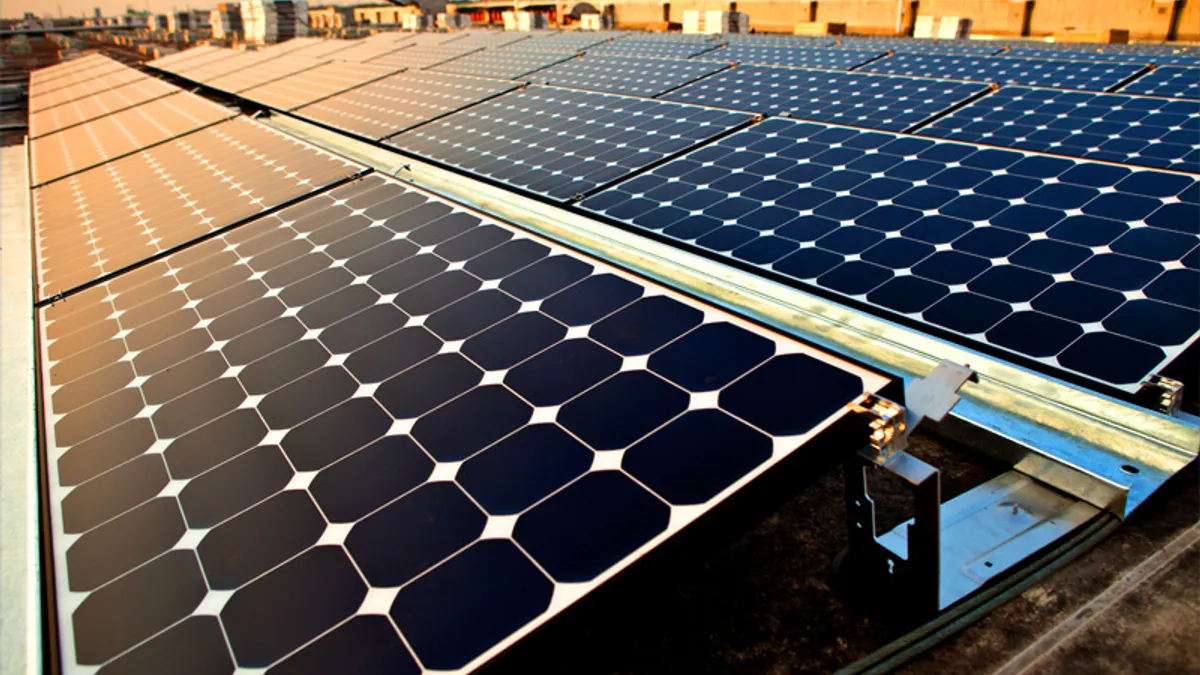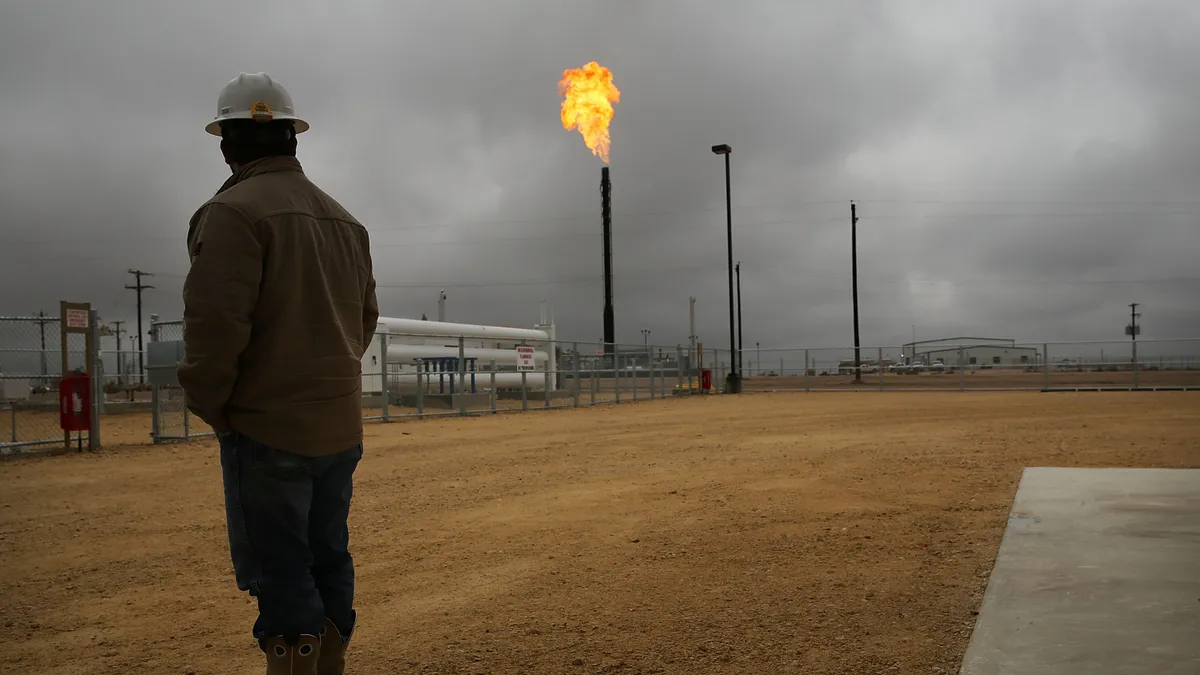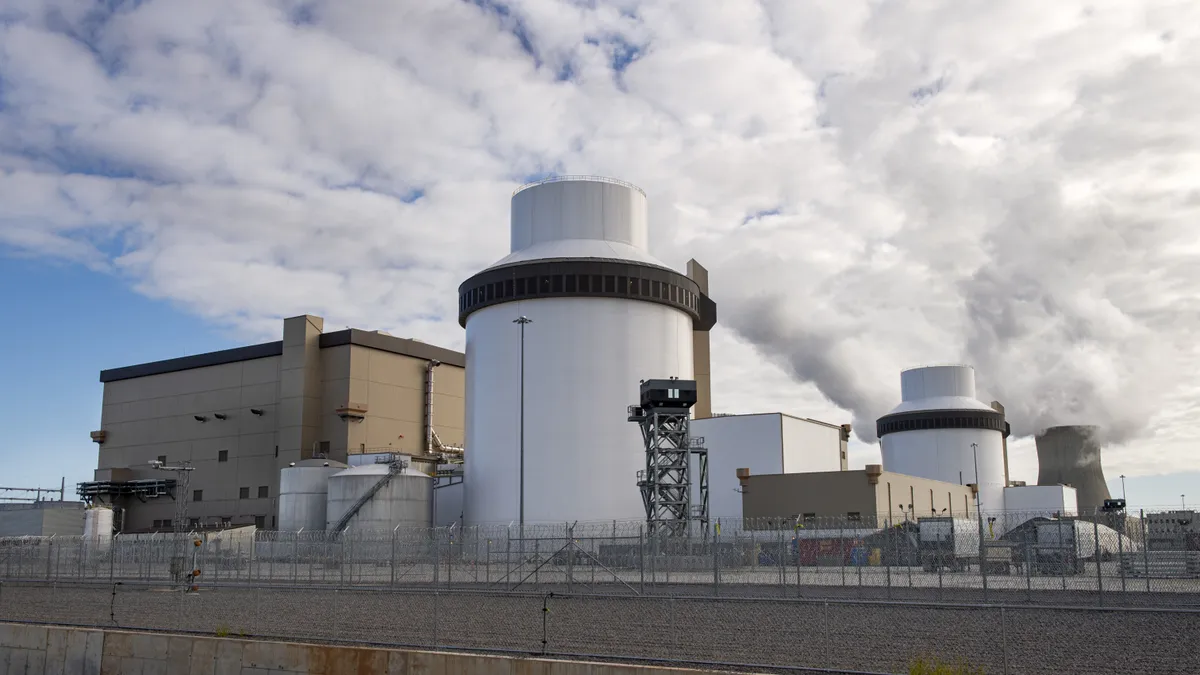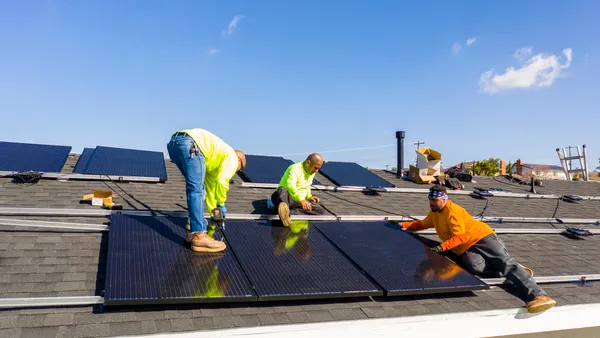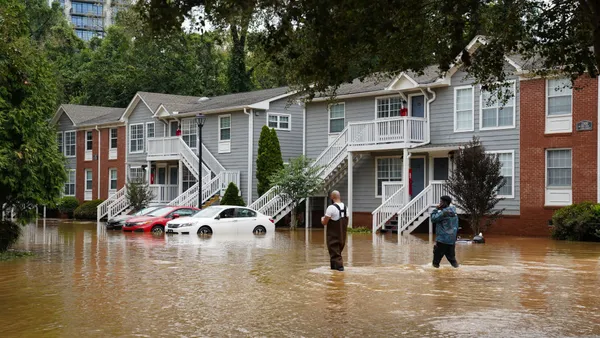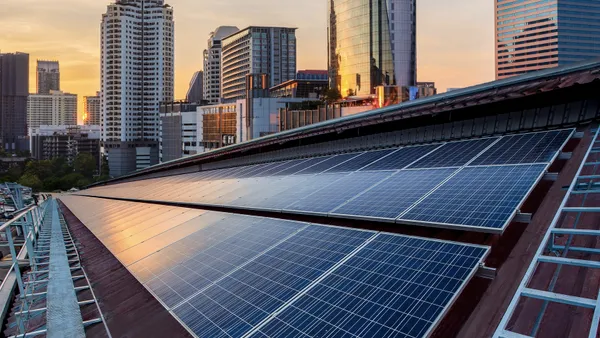Dive Brief:
- Clean energy is not properly valued in the United States, meaning tax breaks and incentives are still necessary to push new technologies like rooftop solar and battery storage, according to the head of the Energy Storage Association.
- ESA Executive Director Matt Roberts told PV Tech that while he favors market forces over subsidies, the current valuations are sending incorrect signals and holding back cleaner technologies.
- Energy storage is increasingly a part of integrating renewable power, and California and Oregon have both enacted storage mandates while Massachusetts has launched a $10 million initiative to study the technology.
Dive Insight:
The Energy Storage Association isn't really in favor or subsidies and mandates, says Executive Director Roberts, but until the country can properly value green energy then they will remain necessary to put the technologies on even footing.
"We’re not proponents of mandates, we’re proponents of market reform, but to some extent if the market’s not ready, then maybe different mechanisms need to be used,” Roberts told PV Tech. "I’ll be the first to say, if it has to be subsidised and have all these things enforced upon the industry, then it’s not correct."
That said, Roberts called Oregon's new storage initiative — a smaller take on California's 1.3 GW mandate — a positive step. The state has directed each of its three investor-owned utilities to procure 5 MW of energy storage by 2020, the same time frame faced in California. And in Massachusetts, Gov. Charlie Baker this summer launched a $10 million storage program aimed at making the state a "national leader in energy storage."
Last year Navigant Research projected the global market for advanced batteries for utility-scale energy storage applications would grow from $164 million in 2014 to more than $2.5 billion in 2023.
Part of the growth of energy storage and battery solutions comes from the declining cost of the technology. After several years of declines in the price of lithium ion batteries, Navigant said over the next three to five years the industry will likely see prices decline another 40%.



